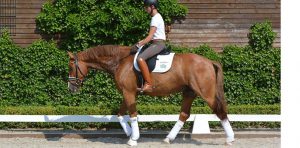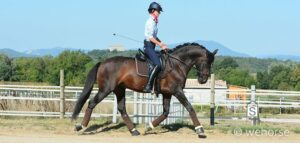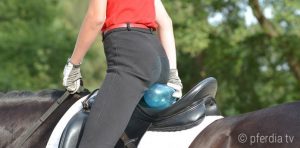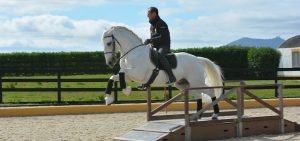Does it sometimes feel that no matter what you do, you just can’t seem to get your horse to understand what you want? You’re not alone! Not only is the correct application of the riding aids important but the timing is also vital. Communicating quietly with your horse can only come about when your horse understands the riding aids and their meaning.
Summary
1 – What are the rider’s aids?
The rider’s aids are the way we communicate with our horses and often, when a horse doesn’t react the way we intend or expect him to, it is simply because he doesn’t actually understand what we are asking of him. If we keep asking him in the exact same way, he might just tune out. This leads to a lot of riders blaming the horse. If this happens we need to find a way to sensitize our horse to our rider’s aids, something that should normally be done in the very early stages of training, but it is never too late to start! Our wehorse trainers are here to help you explain to your horse exactly what it is you want by giving the right aids at the right time, resulting in a happy and willing partner and more fun in the saddle!
Why is timing so important?
Dr. Britta Schöffmann explains why the timing of the aids is so important and also demonstrates what happens if the timing is not right. Our horses can misunderstand what we want simply because of a faulty timing of the riding aids. The good news is we can all help our horse react to our riding aids more sensitively. You just need to know what to look for!
Top tip from Dr. Britta Schöffmann
Not only is the timing of the aids important for asking but also to reward your horse! Our riding aids are simply a pressure, that is being removed once the horse has reacted correctly. This removal of the aid rewards the horse for giving the correct response.

Timing of the aids for groundwork
When working on the ground with our horses, giving the correct aids or actions at the right time is key to communicating effortlessly. Your horse doesn’t know what is right or wrong, he simply reacts according to the aids you give. If he doesn’t respond the way you expect, awareness of how to ask him and show him what you want with the correct aids and timing is the best way to improve.
2 – What do you know about the half-halt?
One of the best ways to re-balance your horse, let him know something new is coming or just to keep his attention is through the use of half halts. Used regularly for the transitions between and within the gaits, half-halts are essential for the collection at a more advanced level. The ability to ride our horses in a harmonious and barely visible way, with fine rider’s aids, requires an understanding of the half-halt and implementation into our daily riding.
Reinhart Koblitz’s successful halt
Do you know what a good half-halt is and how to ask for it? The timing of the riding aids is essential! it consists of an interplay of leg, seat and hand aids.
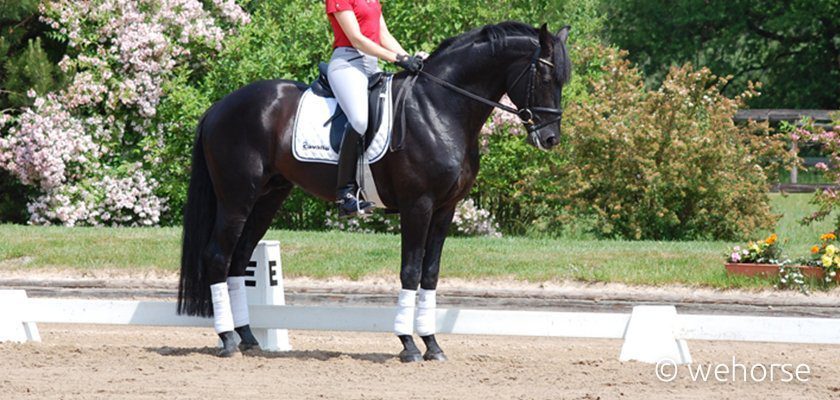
3 – The riding aids are only good when the timing is right
We can only say the riding aids are good if the timing is right. It doesn’t really matter if your aids are barely visible but the timing is out, as your horse won’t understand what you want, resulting in the two of you communicating on different wavelengths. When a horse “does something wrong”, first ask yourself if you really asked correctly, horses do not deliberately give the wrong answer, they simply respond to what you asked. In this case, your mental approach is the first step to improving your riding, being able to ask yourself if your horse truly understands your request and asking again in a way he will be happy to answer.



